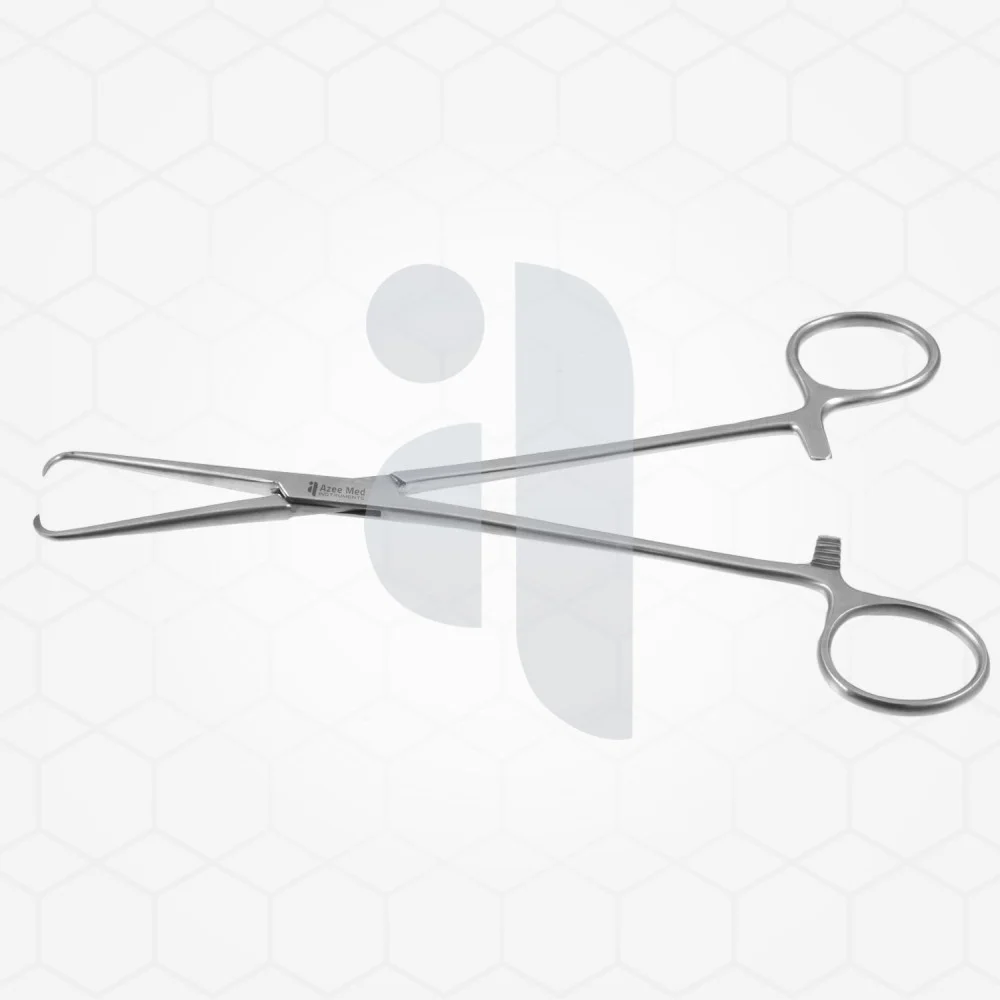Forceps are indispensable surgical instruments in the medical world, playing a critical role in ensuring the success of various procedures. Known for their versatility and precision, these tools are designed to grasp, hold, or manipulate tissues, making them essential in surgeries ranging from general procedures to highly specialized operations.
The Importance of Forceps in Surgery
Surgical forceps have been a vital part of medical practice for centuries. Their primary function is to provide surgeons with enhanced control and precision when handling delicate tissues or securing materials during an operation. Forceps are crafted to mimic the function of human fingers while providing the strength and steadiness needed in a surgical setting. Without these instruments, many intricate procedures would become highly challenging or even impossible to perform.
Types of Surgical Forceps
Forceps come in a wide variety of designs, each tailored to specific tasks and surgical needs. Some of the most common types include:
Dissecting Forceps: Used for separating and manipulating tissues during surgery.
Hemostatic Forceps: Clamps designed to control bleeding by compressing blood vessels.
Tissue Forceps: Equipped with teeth or smooth tips, these are used to grip tissues firmly without causing damage.
Thumb Forceps: Hand-held tools used for precision handling in smaller, more delicate operations.
Specialized Forceps: Instruments like spong holding forceps, utilized for gripping and handling surgical materials, including sponges during procedures.
Each type is designed with ergonomic considerations to minimize fatigue and ensure optimal performance during prolonged surgeries.
Applications of Forceps in Medical Procedures
The utility of surgical forceps extends across various fields of medicine. From assisting in minor suturing to enabling complex organ transplants, their applications are vast. For instance, in emergency surgeries, hemostatic forceps are critical for managing excessive bleeding, while tissue forceps help maintain stability during wound closure.
Spong holding forceps in particular, are frequently used in gynecological procedures and abdominal surgeries for controlling sponges or gauze. They ensure sterility and accuracy, reducing the risk of infections and enhancing the overall efficiency of the operation.
Modern Innovations in Forceps Design
Advancements in medical technology have led to the development of specialized forceps that combine traditional utility with modern features. Innovations include non-slip surfaces, lightweight materials, and integration with imaging systems for minimally invasive surgeries. These improvements not only enhance precision but also allow for safer and faster recovery for patients.
Conclusion
Surgical forceps are a testament to the ingenuity and evolution of medical tools. Their indispensable role in modern medicine highlights their significance in the field of surgery, from basic procedures to complex operations. By adapting to the needs of surgeons and advancements in technology, forceps continue to ensure that medical professionals can perform life-saving procedures with accuracy and confidence.





Comments